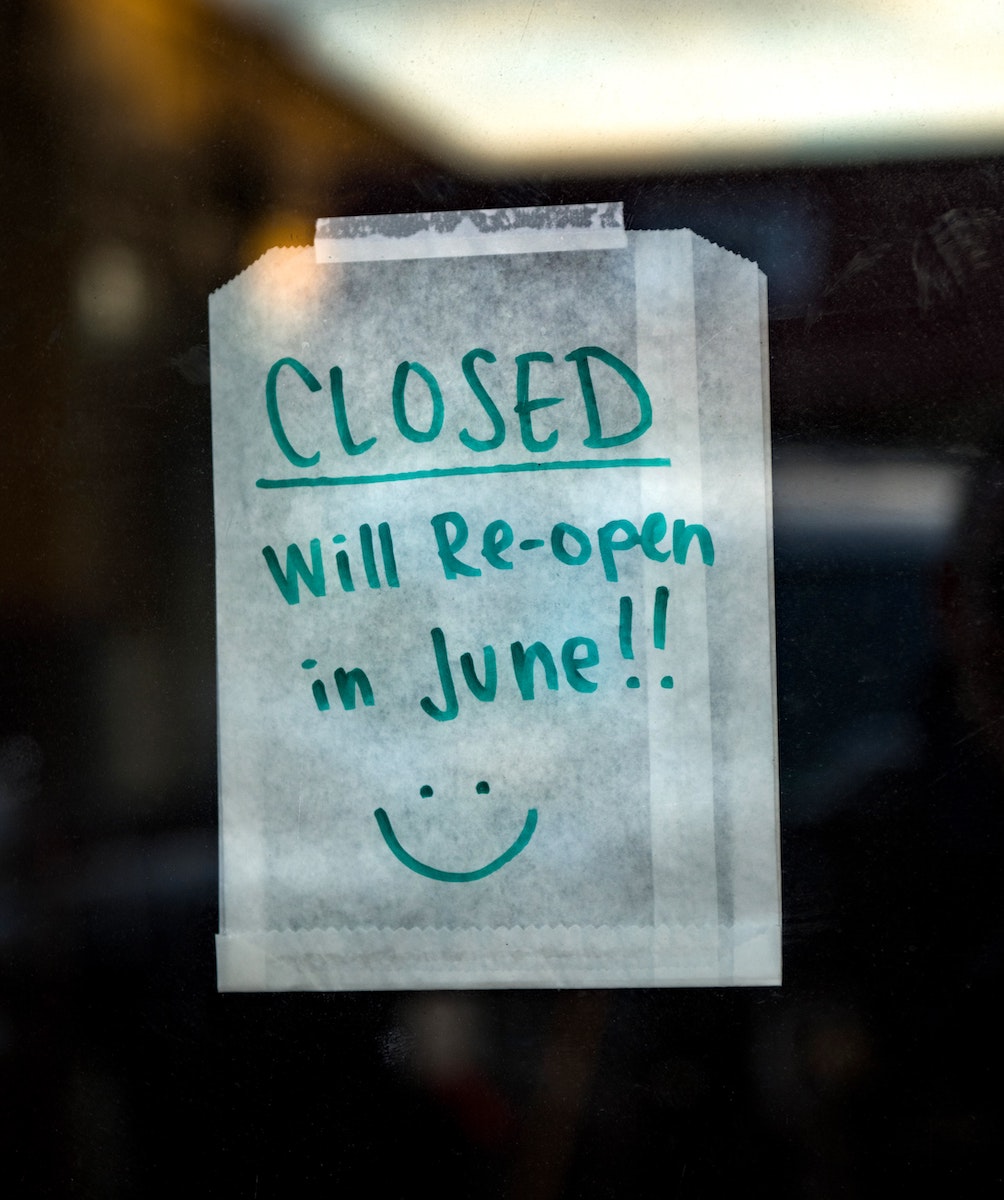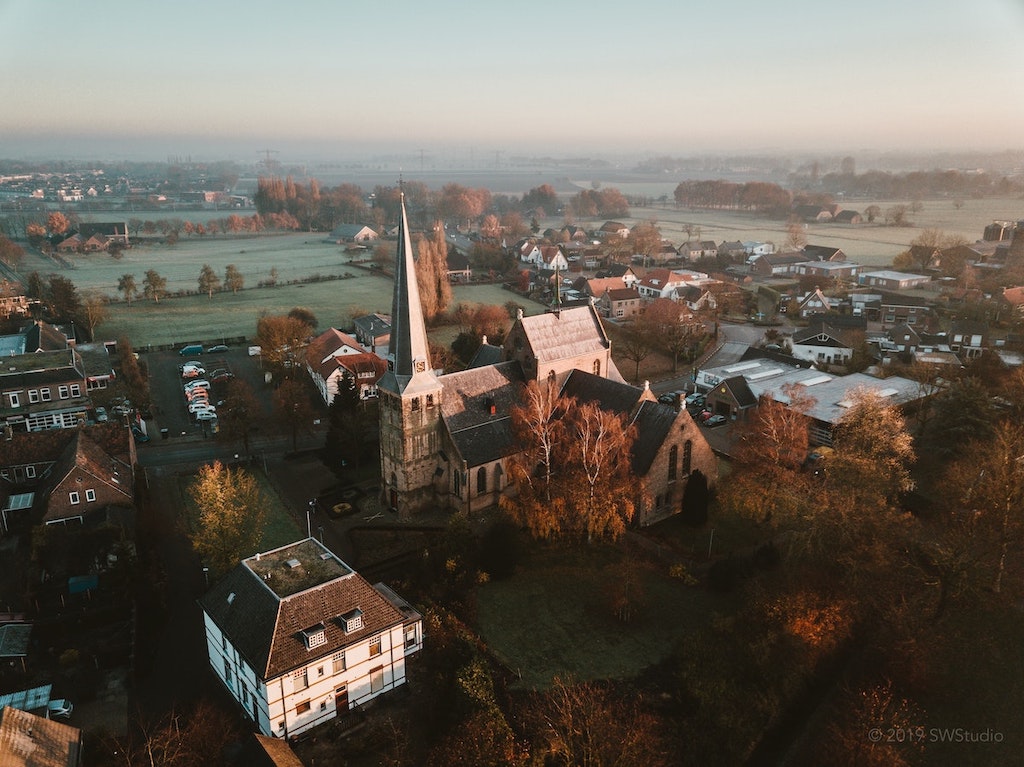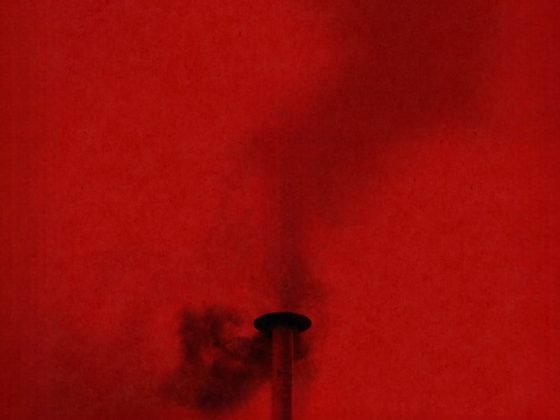Right now, the entire world is just testing how we are going to continue to live our lives. Looking at different models compared, we realize that all countries follow their own set of rules and sometimes borrow ideas from others around them, in hopes that everything’s going to be alright.
How much longer is this going to last?
With all the advanced medicine we have, a vaccine for COVID-19 doesn’t seem like it’s going to come around earlier than 2021, somewhere in the fall. We may get some results on antibodies until then, but, overall, the idea is that it’s going to continue for some time, for the foreseeable future.
With the economies of countries not working at their full potential for a couple of months in spring, all countries are preparing for a backlash, with a recession that we haven’t seen since the Great Depression. In order to stop that, some people are advocating getting back to work and lifting up the restrictions.
The second wave
Ever since scientists have managed to concur regarding some aspects of the COVID-19, one thing that everybody agreed on, early on, is that a second wave will come. We already saw countries in SE Asia, like China, Singapore, or South Korea, having their numbers increase after people came back, basically importing the disease back.
That’s called the boomerang effect, and probably all countries should be prepared for it. But while that could be contained, a second wave is what should really worry us. Like we saw with previous outbreaks, such as the infamous Spanish Flu, the second wave hits harder and unexpectedly.
As a result, all the hard work carried these months could just go down the drain. The second wave usually comes from a cluster that nobody is aware of (like it happened in Lombardia, Italy) and it helps to spread the disease once again, around different areas, by people not aware they have it.
This happens when the rules are relaxed too much and, because the number of cases has dropped so much, that people now don’t consider the disease a threat anymore, thus they stop taking the preventive measures that they took in the prior months. So a second wave is just waiting to happen, probably in autumn.
Different solutions
Taiwan was one of the first countries to act when rumors started to spread about COVID-19, which has kept the total number of deaths at below 10, with less than 500 confirmed cases. But that is only because Taiwan took measures from day one, so they didn’t even have to use a lockdown.
As the disease is already spread in almost all countries, the Taiwanese way is not possible anymore. The UK and the Netherlands have tried herd immunity but gave it up once the number of deaths skyrocketed. Sweden is still trying it but has recently admitted that this technique didn’t help the elderly – the most exposed to the virus.
Italy and Spain, after being hit so hard, are now slowly relaxing the rules, but taking really small steps, so as not to risk another cluster. Meanwhile, Croatia and Greece are trying to convince the EU that they could actually open up their beaches this year for tourism, as they managed to contain the spread of the virus quite well.
New Zealand has also stopped the virus almost completely but has announced it will open the borders only for Australia, keeping the rest of the world at bay. Going by trial and error, we are all trying to figure out how we can return to normal life, without having to worry about the virus, while also not letting it sneak upon us again.










